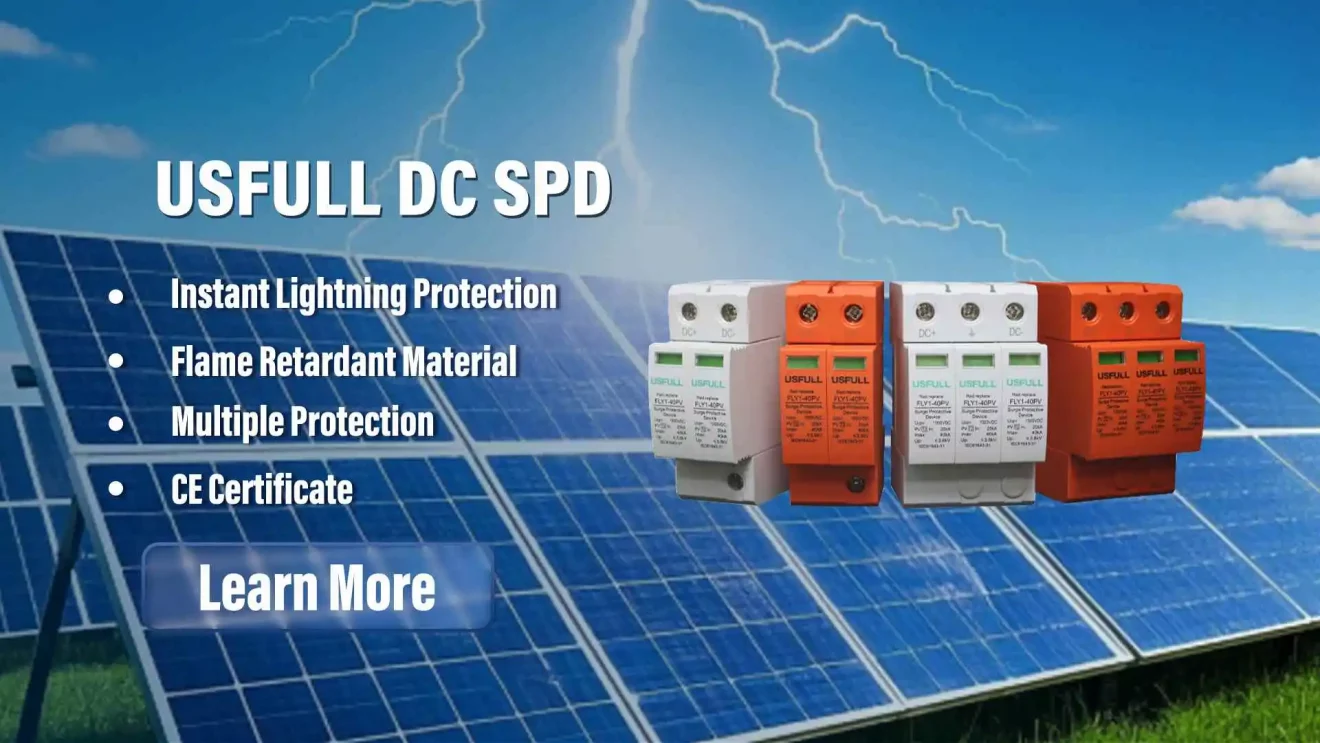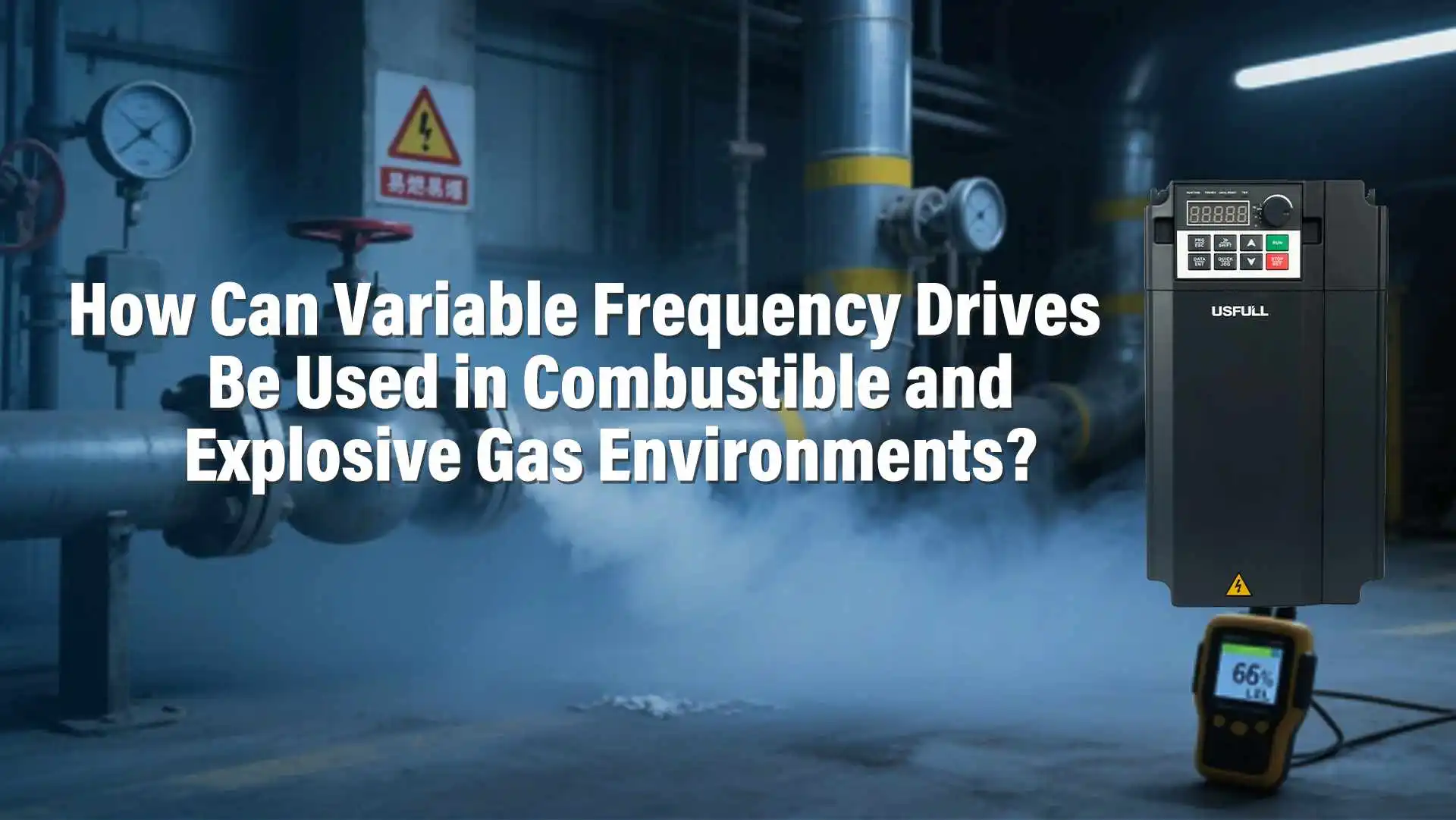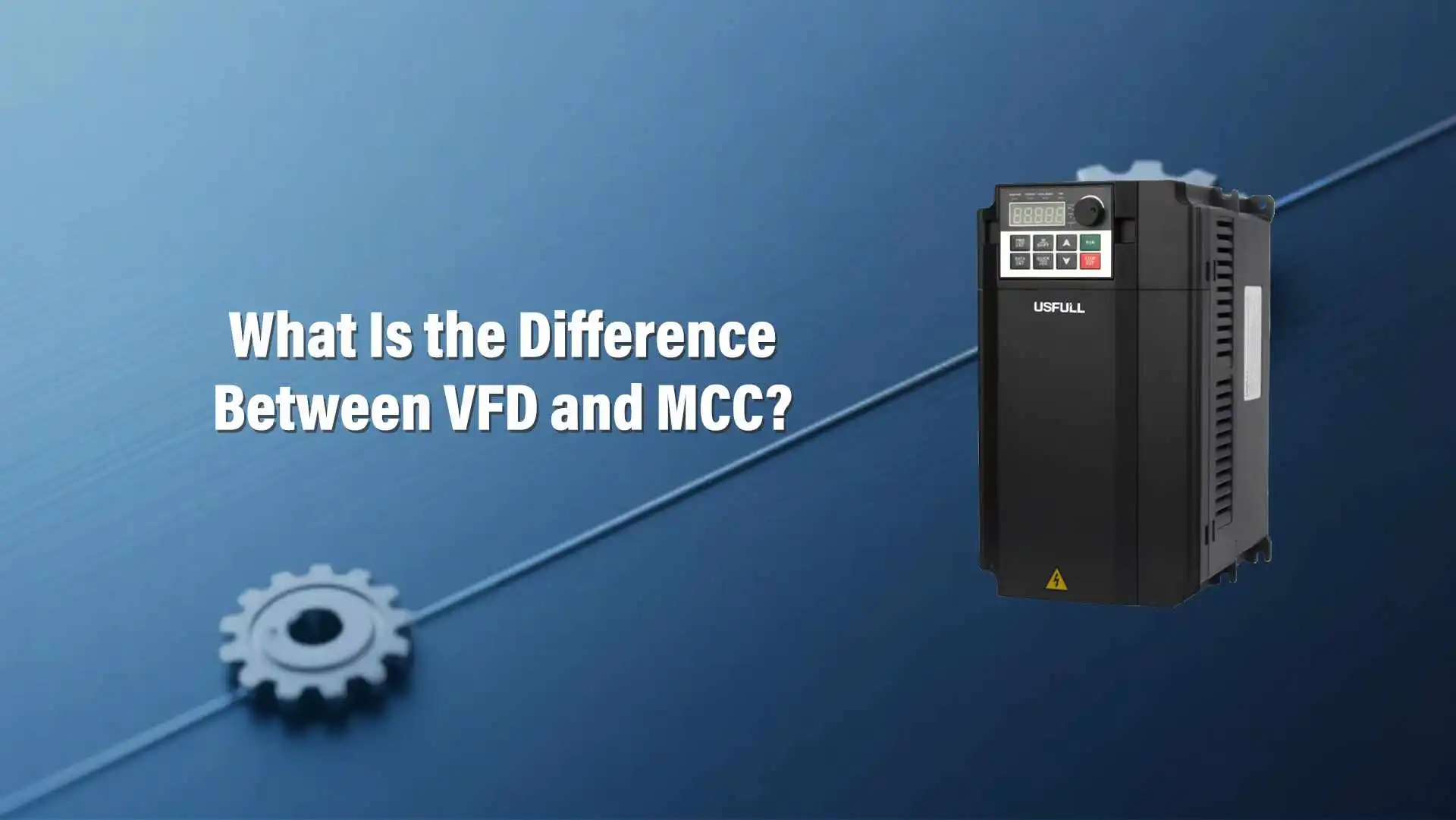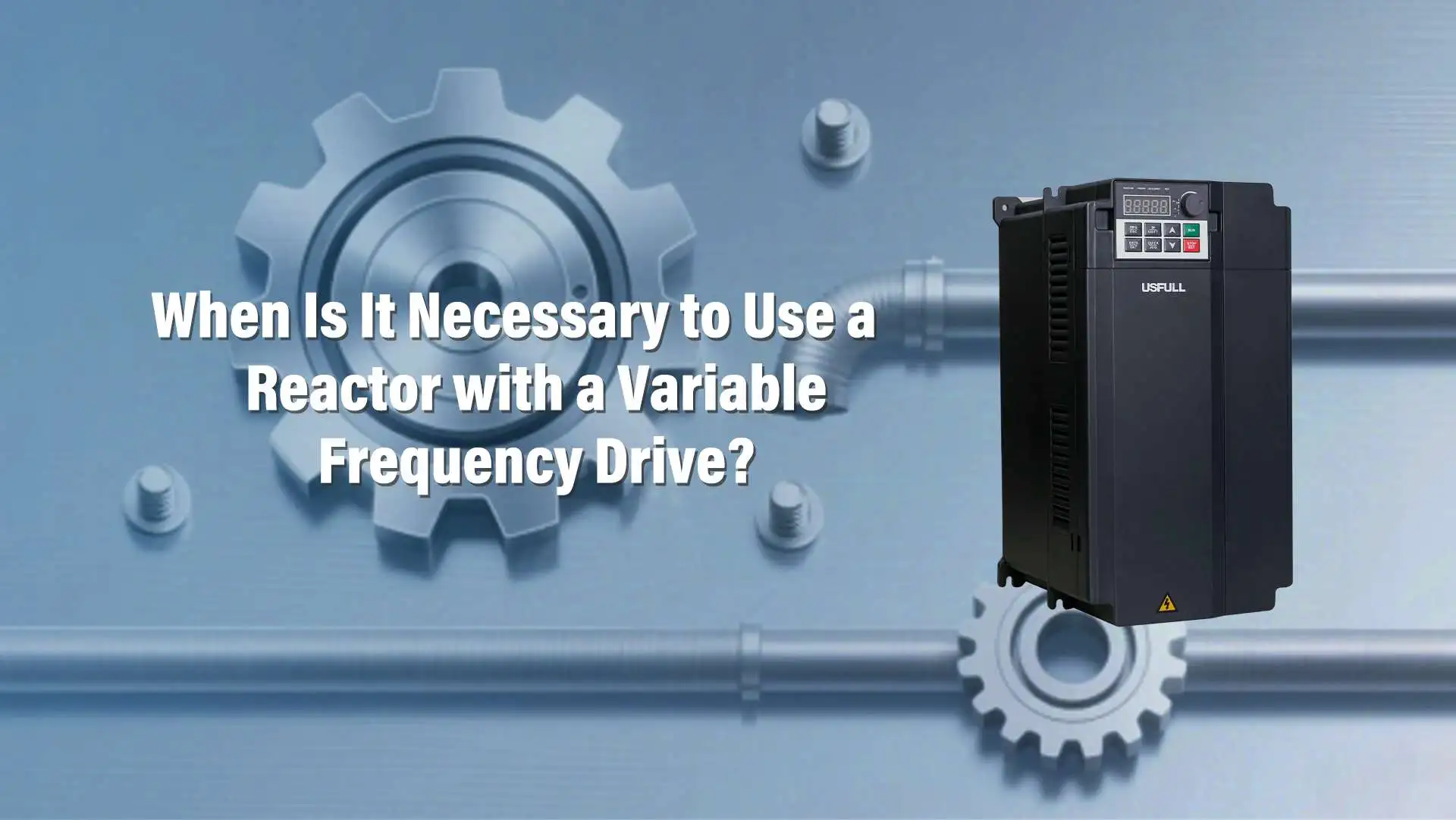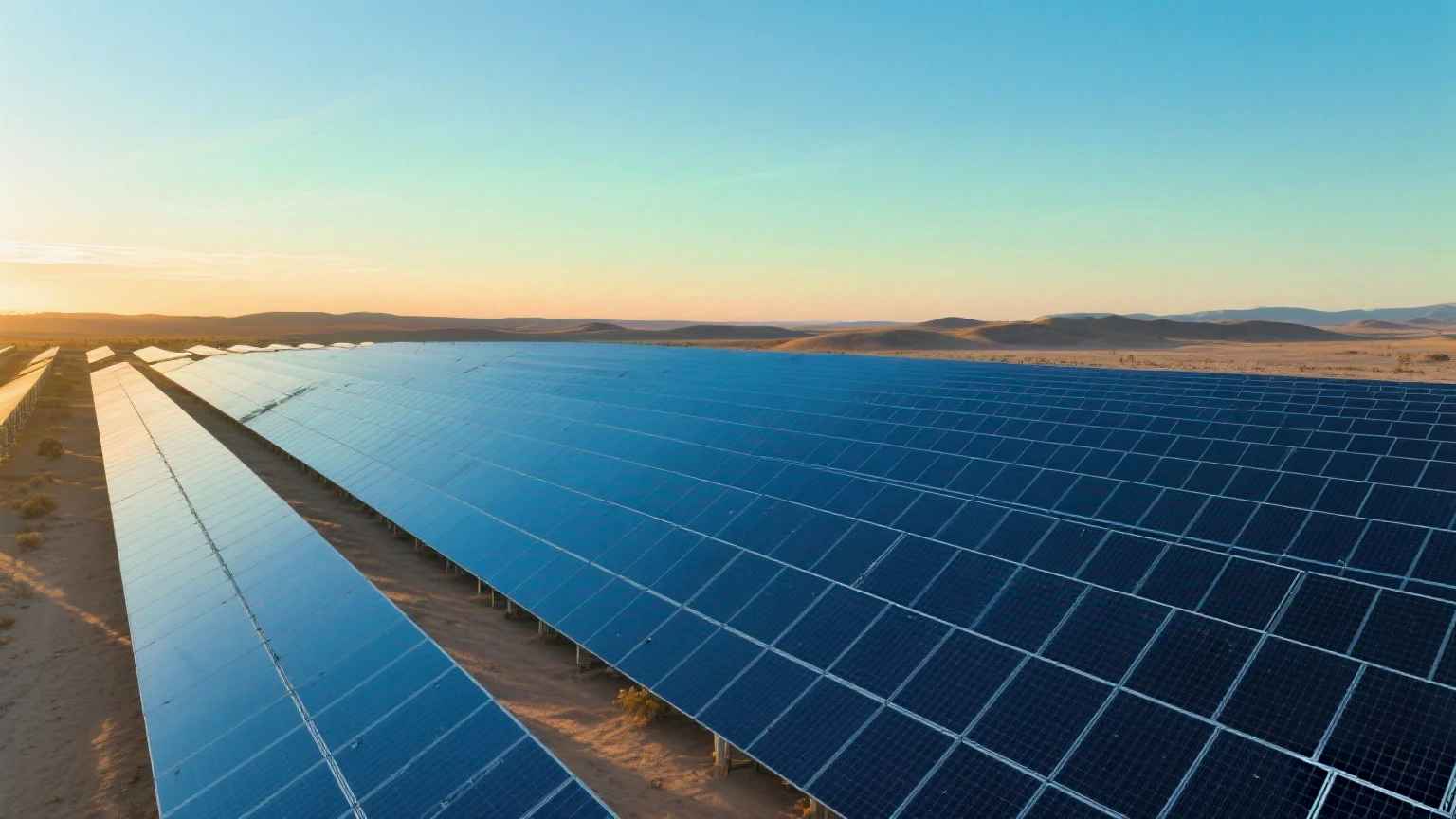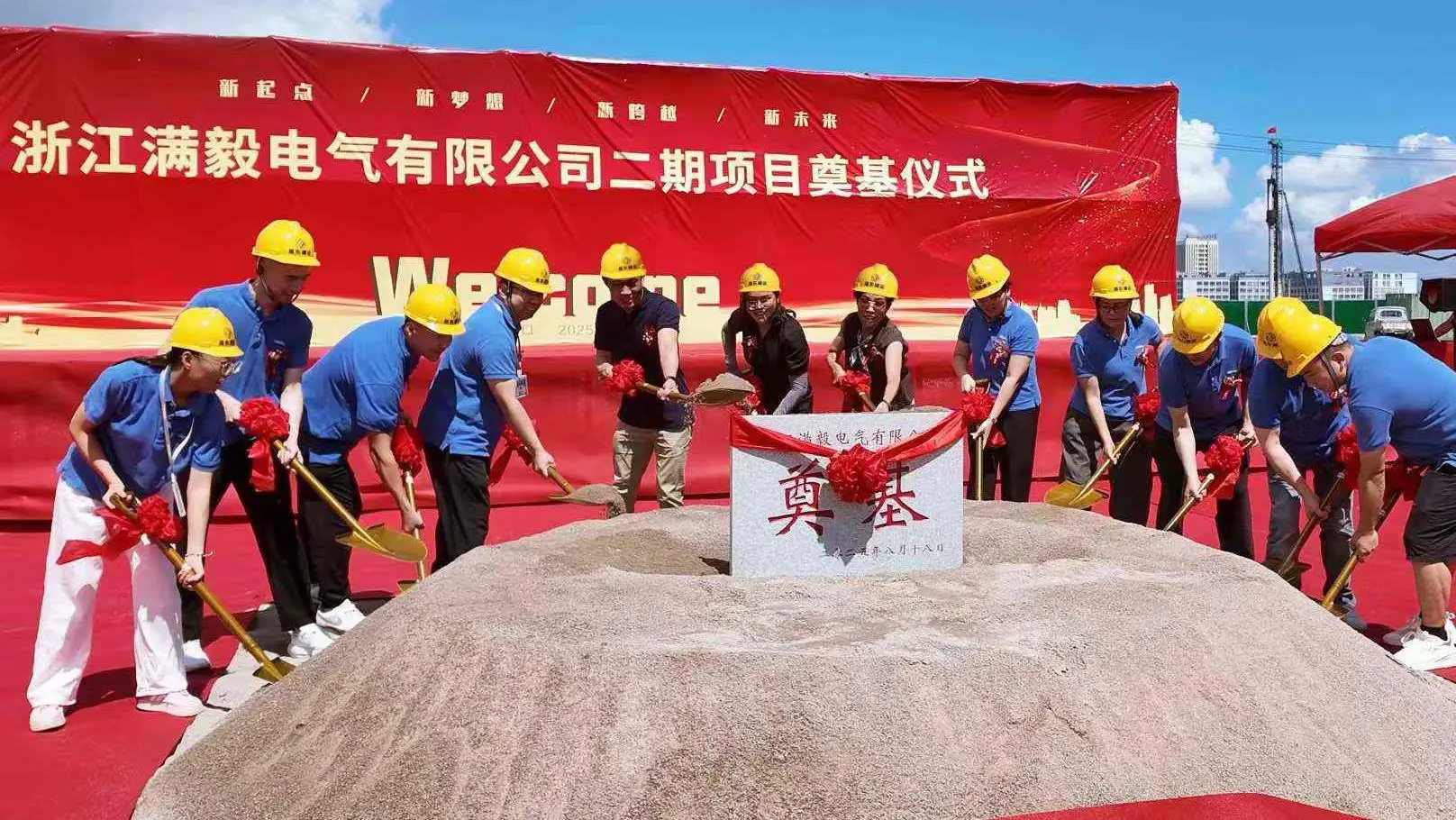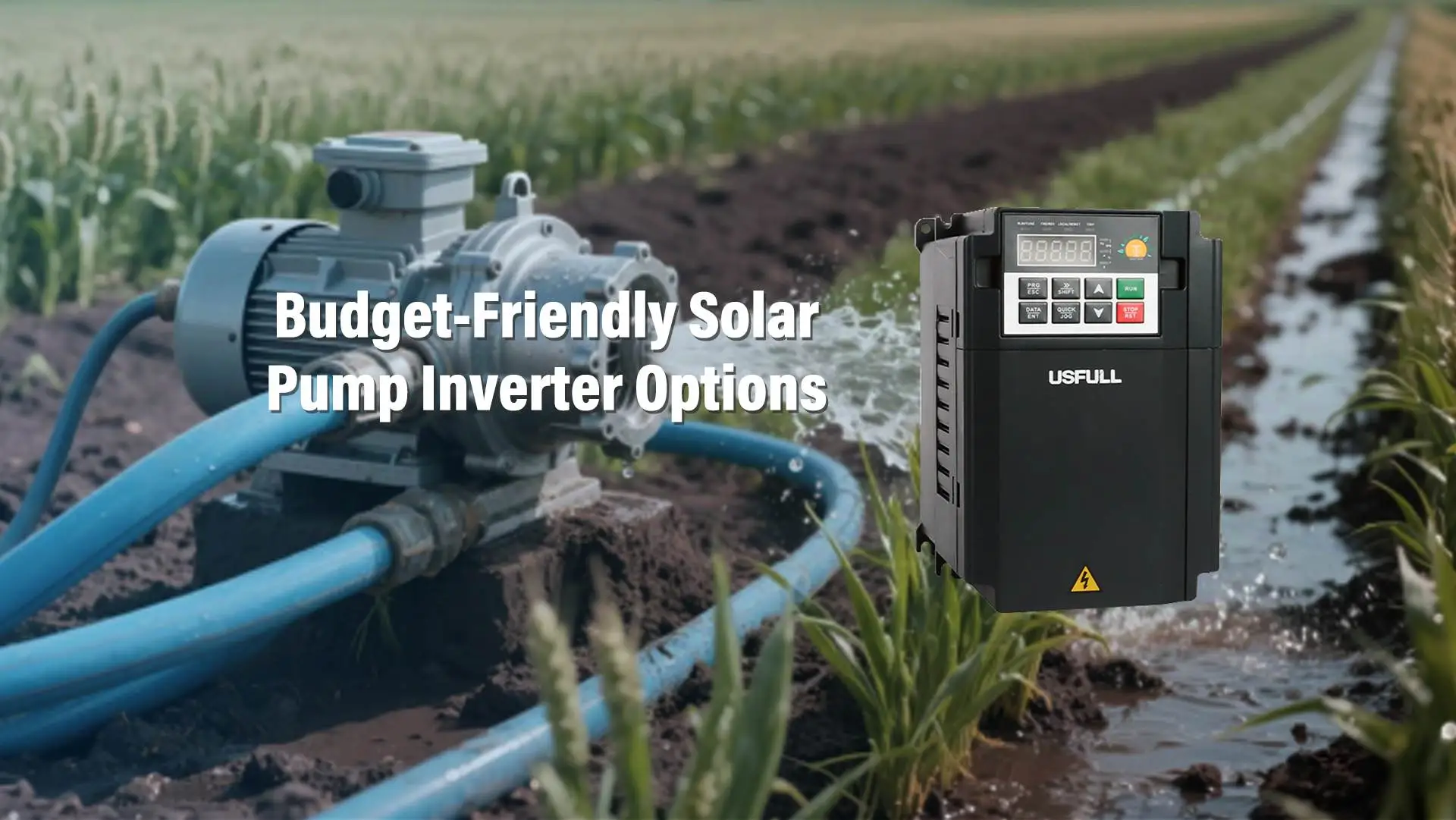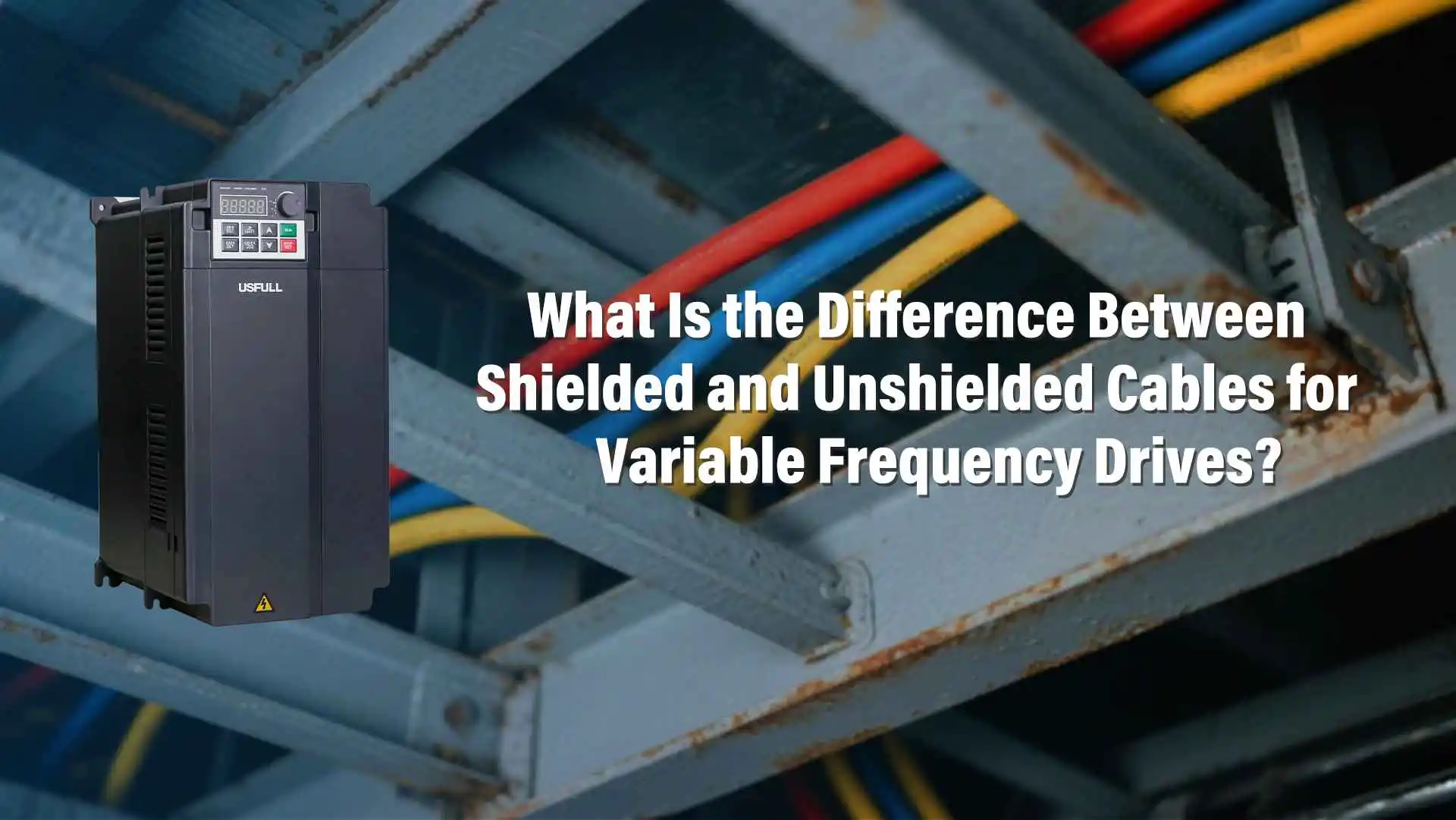Frequent power surges silently damage devices, risking costly failures and downtime. Timely replacement of surge protectors prevents damage and keeps your systems safe.
Most surge protectors last 3–5 years, depending on usage, surge exposure, and quality. Replace them sooner if signs of failure appear, such as damaged outlets, indicator light changes, or after major surges.
Keep reading to discover how to identify bad surge protectors, when to replace them, and expert tips to extend their lifespan.
How Long Does a Surge Protector Last?
The lifespan of a protector de sobretensión, also called a Dispositivo de protección contra sobretensiones (SPD), varies based on its design, installation environment, and exposure to electrical surges.
Average lifespan: Most point-of-use surge protectors, like power strips, last 3–5 years under normal conditions.
Commercial or industrial SPDs: High-quality DC SPD, DOCUP FVo DOCUP solares installed in solar systems or industrial panels can last 5–10 years if properly rated.
Influencing factors:
Surge frequency and intensity – Repeated high-energy surges degrade varistores de óxido metálico (MOV) faster.
Surge energy rating (joules/kA) – Higher ratings handle larger surges, extending lifespan.
Environment and installation – Poor grounding or frequent storms shorten device life.
If you’re sourcing from a surge protective device manufacturer in China like USFULL, always consider kA ratings and choose SPDs suitable for local power conditions to maximize longevity.
How Do I Know If My Surge Protector Is Bad?
Recognizing a failing surge protector is crucial for protecting your valuable electronics and solar systems. Common warning signs include:
Visible Damage
Burn marks, melted plastic, cracked casing, or frayed cords are clear indicators that the SPD is compromised.
Indicator Light Changes
Most SPDs, including Dispositivos de protección contra sobretensiones de CC, have LED indicators. A green light means active protection; if it’s off, red, or dim, the unit likely no longer offers surge protection.
Non-functional Outlets
If your devices don’t power on when plugged into the surge protector, the internal MOVs may have failed.
Sobrecalentamiento
SPDs normally operate at room temperature. If your protector solar contra sobretensiones o DC SPD feels hot, it may have internal damage or be overloaded.
Timely detection ensures you can replace failing SPDs before a surge damages critical equipment like solar inverters, PV panels, or industrial machinery.
How Often Should You Replace Surge Protectors?
Knowing when to replace a dispositivo de protección contra sobretensiones is essential for maintaining safety and reliability:
Every 3 to 5 Years
Standard surge protectors and small SPDs in residential or office setups should be replaced regularly to maintain effectiveness.
After Major Surges
A lightning strike or large surge event can deplete the SPD’s protection immediately. Even DOCUP FV y DOCUP solares may fail after such events, requiring immediate replacement.
According to Manufacturer Guidelines
Always follow the replacement timeline recommended by your surge protective device supplier. Manufacturers like USFULL provide lifespan estimates and maintenance tips.
If Physical Damage Appears
Cracks, burn marks, or broken outlets indicate compromised safety and require immediate replacement.
By adhering to these schedules, businesses can avoid unexpected equipment failures, especially in solar power systems where DC SPD y protectores solares contra sobretensiones play a critical role in protecting PV inverters.
Expert Tips to Extend the Lifespan of a Surge Protector
Maximizing SPD life reduces maintenance costs and protects your investment in sensitive electronics or solar energy equipment. Follow these expert tips:
Choose the Right Rating
Instale high kA-rated SPDs at main panels and distribution points.
Utilice DOCUP FV o Protectores de sobretensión de CC specifically designed for solar applications.
Avoid Daisy-Chaining
Connecting multiple surge protectors together can overload circuits and reduce effectiveness. Instead, use a single, adequately rated solar SPD o industrial SPD.
Perform Regular Inspections
Check LED indicators on DC SPD o protectores solares contra sobretensiones frequently.
Look for wear, overheating, or corrosion, especially in outdoor PV installations.
Invest in Quality Products
Partner with a reliable fabricante de dispositivos de protección contra sobretensiones o supplier to ensure compliance with international standards like CE, TUV, and IEC. USFULL, for example, provides DC SPD y DOCUP solares designed for long-term durability in global markets.
Monitor System Health
If SPDs fail frequently, investigate potential sustained over-voltage conditions or grounding issues, and consult a qualified electrician.
By following these strategies, you can maximize the operational life of your dispositivos de protección contra sobretensiones, reduce downtime, and ensure consistent safety for your electrical and solar systems.Replace surge protectors every 3–5 years or sooner to keep your devices and solar systems safe.



